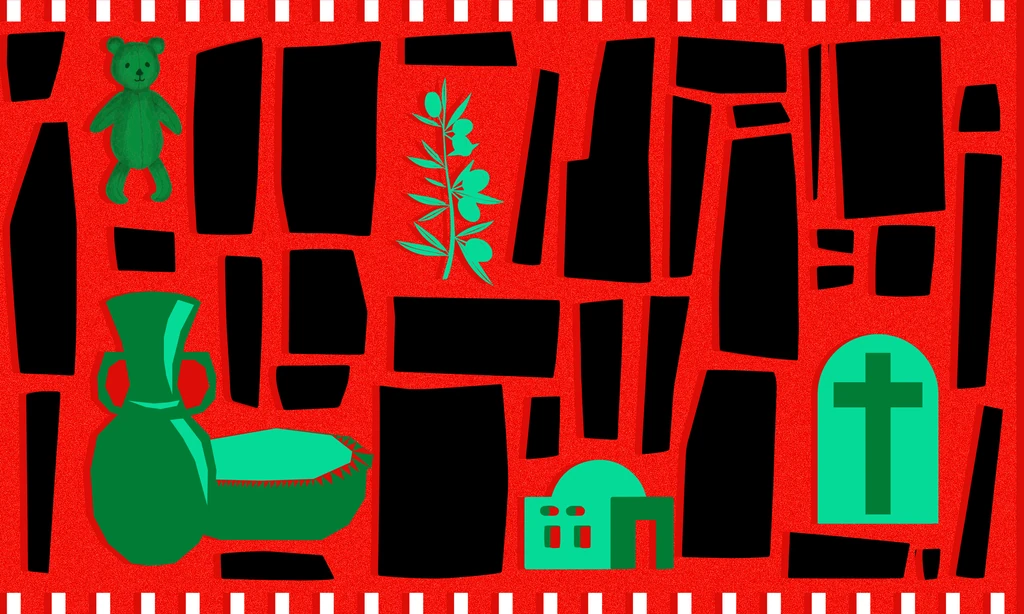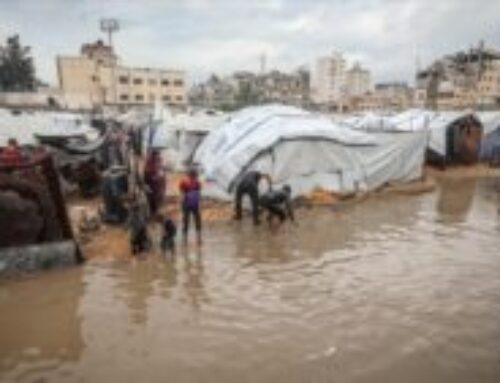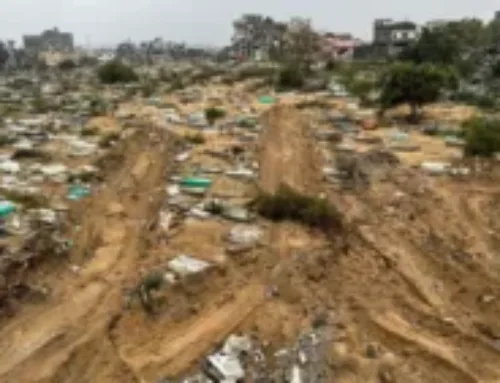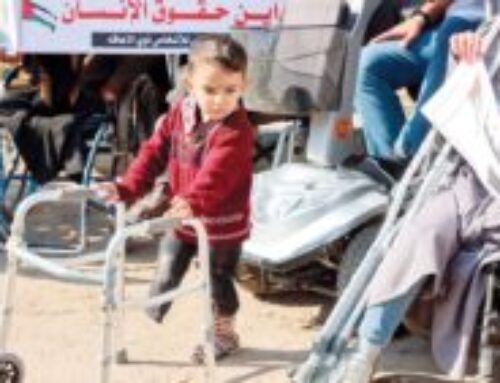Abdallah Gouda
The journey of a Palestinian soul seeking the embrace of home.
The Sunday Essay is made possible thanks to the support of Creative New Zealand.
Illustrations by little rain.
I am not one of those with blue eyes, but I am made of clay that came down from heaven and was born in the same place where Jesus, peace be upon him, was born. I am a son of Palestine.
My ancestors lived thousands of years ago in Palestine, in a village that used to thrive in peace. Its people worked in agriculture, even though they were from the coast of Ashdod. My father was born Abdul Malik Mahmoud Youssef Muhammad Abdullah Abdul Rahim Joudah. All of these people, and those before them (whose names I do not recall), were among the sons of that ancient city. Jesus was born among us and lived.
Palestine, with its rich tapestry of history and culture, stands as a testament to the resilience of its people and the enduring importance of its landmarks. From the ancient city of Jericho, considered one of the oldest continuously inhabited cities in the world, to the historic town of Bethlehem, the birthplace of Jesus, peace be upon him, every stone and structure in Palestine bears the weight of centuries of human experience.
The Old City of Jerusalem, with its sacred sites revered by multiple religions, epitomises the interconnectedness of diverse cultures within the Palestinian landscape. The significance of these landmarks extends beyond their architectural grandeur; they serve as living witnesses to the intertwined histories of the people of Palestine, affirming their deep-rooted connection to the land. Central to the narrative is the unequivocal truth that Palestine is for Palestinians. The land, the olive groves, the ancient ruins: all carry the imprints of generations who have called it home.
To assert that Palestine is for Palestinians is to affirm the right of a people to self-determination and sovereignty over their ancestral lands. This declaration speaks to the heart of the ongoing struggle, emphasising that the quest for justice and the right of return are non-negotiable. It underscores the enduring spirit of a population that, despite decades of displacement and adversity, continues to resist and insist on their rightful place in the land they call home. The landmarks of Palestine, bound up with the collective memory of its people, become not just symbols of the past but beacons of hope for a future where the rights and aspirations of Palestinians are recognised and respected on a global scale.
My family was displaced in 1948 to Gaza City in the Rafah camp, and the refugee journey began to etch its roots in my mother’s wrinkles. She read the suffering and saw in it the tragedy.
She lost two of her brothers, and we lived on these memories, waiting for their return and, indeed, for all of us to return to Ashdod. They did not return, and we did not return to that village, which is only 30 kilometers away from Gaza. We were prevented from visiting it. Insisting on life, my mother pushed us towards education, believing it was the only way to achieve development goals in all fields. From the camp, I went to China and studied medicine. I learned the Chinese language and became a doctor.
I returned to Gaza after marrying the girl I loved and worked as a doctor in the Palestinian Ministry of Health. Gaza came under the rule of the Palestinian Authority after the signing of the Oslo peace agreement between Arafat and Rabin. The State of Palestine was established on the borders of June 7, 1967, and we were racing against time. An airport in Gaza and a port were under construction, but the story was not complete. Rabin was killed by a Zionist fanatic who rejected peace. The opportunity for peace collapsed, and the occupation returned to Gaza. The airport was demolished, and the port project was destroyed.
I consider myself lucky because I returned to China to complete my studies in orthopedic surgery. After obtaining my doctorate, I returned with my wife and our children, Muhammad, Tasnim, and Ruba, so that we could live a life in Karima in Gaza. Carrying my memories and all the family’s possessions, including pictures and toys, we settled in our home in Gaza City, in the Doctors’ Towers in Tal Al-Hawa, next to the Palestinian Red Crescent Hospital. Gaza has endured several wars, and after each war, with a determination to live, we restore part of what was destroyed.
The author’s village, Asdoud, in 1946. (Photo: supplied)
In light of a stifling siege since 2007 and a deterioration in all aspects of life, I was able to immigrate to New Zealand. I arrived in 2011, leaving everything behind.
We were able to live in peace and harmony among these people who love peace and harmony. I abandoned everything, leaving behind memories and dreams of my mother, who passed away shortly after. Our hearts remain tethered to Palestine, and our souls journey there daily, yet our bodies are barred from returning – banned by the Israeli occupation’s decree.
We find ourselves in the throes of the latest conflict. Gaza is embroiled in a war that claims lives, demolishes structures, and spares neither stone nor people. Churches, mosques, hospitals, and homes bear the brunt of destruction. Even my cherished house, a repository of countless memories, succumbed to the Israeli war machine. Towers near the Palestinian Red Crescent Hospital were razed, and the Tal al-Hawa neighborhood in Gaza City lays in ruins.
In the midst of this turmoil, I grapple with the question: am I fortunate to have avoided returning to schools and refugee camps, or was it my calling to stand with my people, working as a doctor in the hospitals, fulfilling this humanitarian duty? Amidst the confusion, pain, helplessness, and the interminable wait, I ponder the fate of my remaining family members – 30 lost, uncertain about the rest. Will they persist, or follow the path of those who departed before them?
The landmarks of Palestine bear witness not only to the historical struggle, but also the enduring hope for a just resolution. The ancient stones of Jericho, the revered sites of Jerusalem, and the remnants of homes in Gaza all tell the story of a
people who have lived here for centuries.
The assertion that Palestine is for Palestinians is a rallying cry for justice, a call to recognise the right of return and self-determination. On the journey of my life, filled with hope, resilience, and the enduring ties to Gaza, the narrative of return has been a recurrent theme. The journey back and forth, a rhythmic dance with the unpredictable forces that govern borders and destinies, unfolded as a poignant chapter in my existence.
With each return, I fervently hoped the shifting sands of geopolitics would permit the resumption of a settled life in Gaza, amidst the familiar landscapes and the echoes of ancestral whispers. Yet the tides of reality compelled departures and returns; the tumultuous journey of a Palestinian soul seeking the embrace of home.
The author’s demolished home in Gaza, 2023. (Photo: supplied)
Amidst the tranquility of our new home in New Zealand, a saddening chapter unfolded as my son came into the world. A joyous occasion marred by an unexpected revelation: on his passport, a disheartening “stateless.” This felt like a poignant echo of the tumultuous history we carry with us. The shock and disappointment reverberated through our family, a reminder that even in the haven of New Zealand, the complexities of our Palestinian identity transcend borders and bureaucracy. Even in New Zealand, geopolitical issues cast a shadow on the innocent beginnings of my son’s journey. Even in New Zealand, Palestine’s challenges reach across generations, shaping the very narrative of our lives.
As the world grapples with the complexities of the Israeli-Palestinian conflict, it should delve into the stories of displacement, resilience, and the spirit that refuses to be silenced. The landmarks of Palestine, whether standing proudly or reduced to rubble, speak to a collective memory that refuses to be erased. Those landmarks embody the struggle, the hope, and the unyielding belief that, despite the odds, Palestine will endure. For Palestine is not just a location, but a profound and enduring part of our identity.





